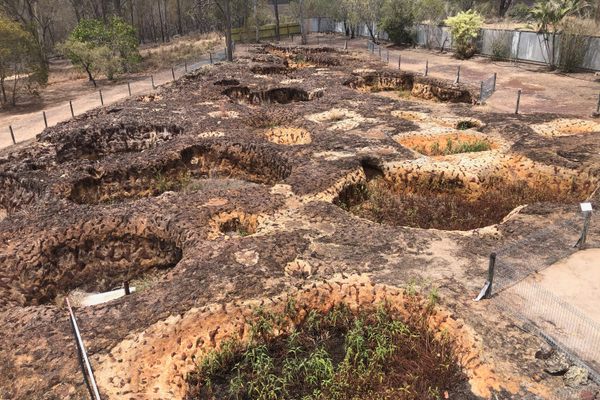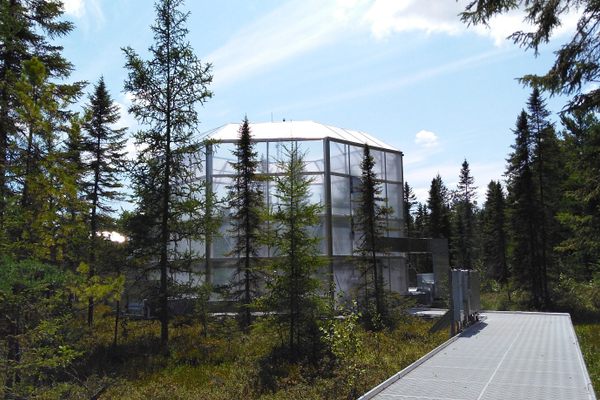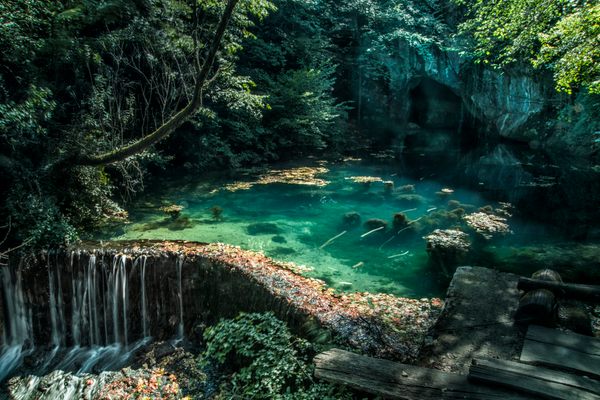About
Supilinn, or Soup Town of Tartu, is one of the last historic 19th-century slums surviving in Europe. The neighborhood sprang up around A Le Coq brewery on the bank of Emajõgi river. The low-lying riverbank was a swamp, flooded each year by the river. Cheap land attracted the large masses of poor brewery workers who built a maze of wooden houses and muddy streets and small gardens.
The names of the streets, such as Kartuli (Potato), Herne (Pea), Oa (Bean), Marja (Berry) and Meloni (Melon), gave the name of Supilinn (Soup Town) to the district.
Tartu, a home to Estonia’s oldest and most important universities, had a steady influx of poor students pouring in from the countryside each year, all of them in need of cheap housing. The neighborhood soon acquired an air of wanton reckless bohemian life, leading to notoriety and fame for the area, where booze was more plentiful then clean water.
Somehow, the poor Soup Town survived wartime devastation which hit hard Tartu’s other more affluent areas. The appearance of Supilinn changed with glacial speed, but still managed to keep up with living standards of the modern age. Gone are the barefoot children and bad sanitation, but wooden houses and fences still stand, and stray cats still prowl the streets.
The district nowadays is undergoing a process of slow gentrification, becoming a fashionable residence area.
Related Tags
Published
July 26, 2010
























